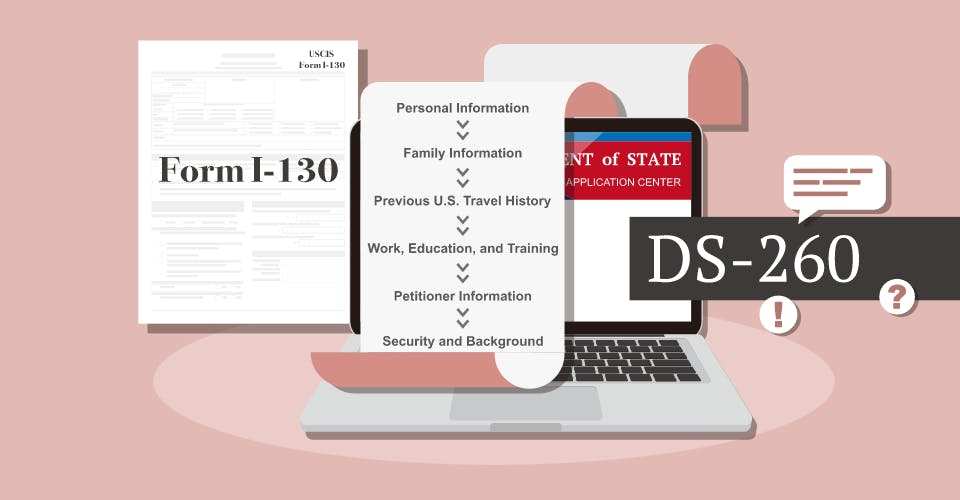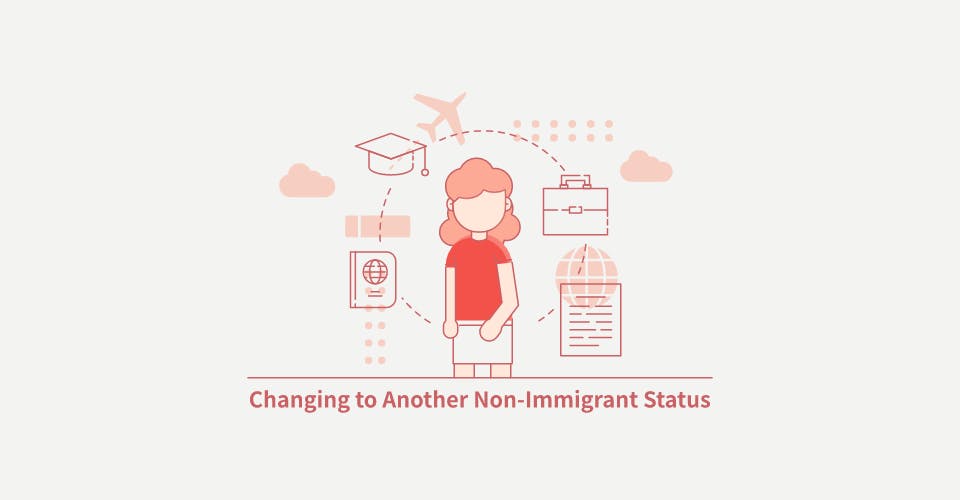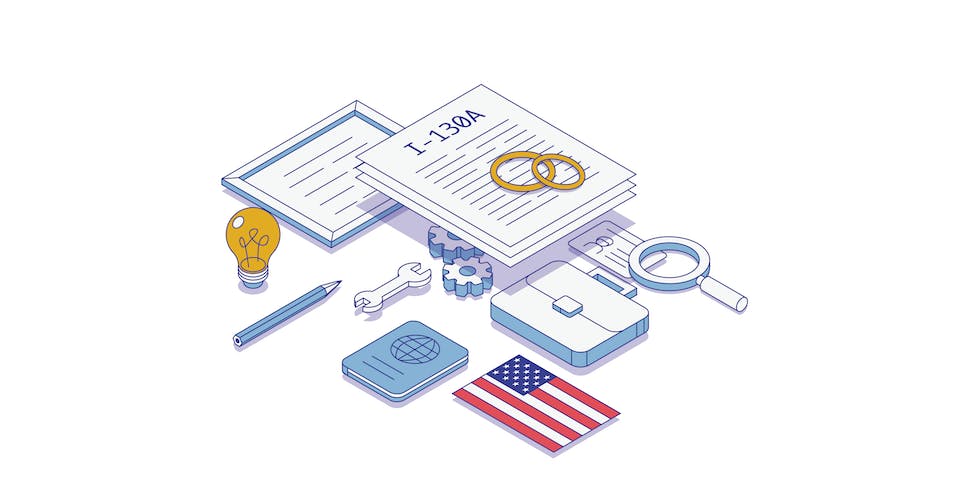The DS-260 is the application that immigrants who are going through consular processing will need to complete, in order to have an immigration visa interview at a U.S. consulate or embassy in another country. The form is available via the CEAC—Consular Electronic Application Center, an extension of the U.S. State Department’s consular affairs.
This brief guide is meant to serve as a walkthrough for DS-260 applicants on how to complete this form and its various sections.
Step 1: Have an approved I-130 or an approved I-140
While the USCIS has all of its forms easily downloadable on the USCIS website, the DS-260 can only be accessed online for applicants who receive a case number from the National Visa Center (NVC). When an I-130 petition is approved after processing from the USCIS, the agency forwards this information to the NVC, who will then reach out to the principal applicant notifying them of their approval and ability to continue with their immigration case.
The number that the NVC provides to the principal applicant needs to be saved, because this is the number that will be entered into the CEAC portal, verifying the identity of the applicant in the NVCs database.
Step 2: Access the Application and Complete
For those who prefer to print out applications and complete them by hand, this is not an option for the DS-260. As such, applicants should first off know that they will need to save their progress as they progress with the application. It is common for applicants to not complete this form in one sitting, as they may have questions or simply need to come back to it. Before exiting the CEAC portal, only work that has been Saved, per the button on the bottom right-hand corner will be available the next time the applicant comes back to their screen.
In addition, a payment of 220 dollars (USD) needs to be made via the CEAC portal upon submission of this application.
Section 1: Personal Information
The first section asks the applicant to list their name, native language, nationality, marital status, date of birth, as well as the document type they are applying for. This section also asks applicants to list their address (meaning current), as well as their intended address where they will have their permanent resident card sent to (pending a complete and successful case).
Applicants should notice in this section that there can be multiple entries for any address the applicant has lived “since the age of sixteen”. If the applicant has moved around and lived in different places from their current resident at the time of filing, they should complete to the best of their ability.
Section 2: Family Information
Questions in this section pertain to the applicant's immediate family members, the names, birthdates, and nationality of both of the applicant's parents, as well as one question asking if they are still alive or if they have passed away, and if so, what year. The section proceeds to ask questions if the applicant is married, to whom they are married, their spouses' nationality, birthdate, current address, or whether they were previously divorced or not.
Note: If an applicant is currently married, but has previously been divorced (with a former partner), they also need to include this information.
Finally, this section asks questions pertaining to the applicant's children, if they have any. Stepchildren also qualify as children. The DS-260 asks applicants the name of their child, their date of birth, city of birth (nationality), their current address and whether they currently live with the principal applicant, and any plans for the child if they are immigrating to the U.S. with the applicant, or if the child will join the applicant at a later date in the U.S.
Section 3: Previous U.S. Travel History
This section asks applicants to “provide information on their last five visits to the U.S.” with dropdown menus available for each visit. The applicant should look at their passports for stamps and exact dates of travel to the U.S., for example, if they visited and were on a temporary tourist visa.
The section also asks applicants if they have ever been issued a U.S. visa, and if so, their (former) visa number, and the date it was issued. Applicants also need to state if their visa was ever stolen, revoked, or if they have ever been refused admission into the U.S.
Section 4: Work, Education, and Training
The next section relates to the primary applicant’s skillset, their education (where they went to university or received training), and the related job roles/professional experience they have had.
“Having attended any educational institutions above a secondary level”, a question in this section, simply means having attended college or university. In this section, applicants might also need to check in with old employers/organizational websites to provide information such as the address they worked at, a company phone number, and their immediate supervisor's first and last name.
In addition, the last set of questions in this section asks applicants if they ever served in any branch of the military, in their home country. Applicants should list their rank, branch, and their dates of service
Section 5: Petitioner Information
This is a brief section asking the applicant to verify their petitioner, most likely a U.S. citizen or U.S. green card holder. The principal applicant needs their current address, home phone number, email address, and also their relationship to the principal applicant.
Section 6: Security and Background
The following questions are asked in this section:
- Whether an applicant has ever committed a crime or any other offense, or if they have ever received a pardon
- If the applicant has ever engaged in trafficking or money laundering
- If the applicant has documentation to establish their vaccination history
- If the applicant has any mental or physical disorder that could pose a threat to the safety or welfare of others
- If the applicant has a history of drug or substance abuse
- If the applicant has ever been engaged or had any relationship or affiliation with a terrorist organization
- If the applicant has ever entered the United States illegally, overstayed a previous visa, or if they have ever had a visa revoked by immigration
- If the applicant has ever served in the U.S. military before
Please note that some of these questions, if answered one way or another, might suggest to the State Department that the applicant is “unfit” or inadmissible to the United States. The State Department, along with the DHS, can process immigration cases and both decide on matters of inadmissibility.
Finally, once the application is complete, the applicant will need to bring a confirmation note of a completed DS-260 to their visa interview. Interviews generally do not take place unless applicants bring a hard copy of this confirmation with them.














